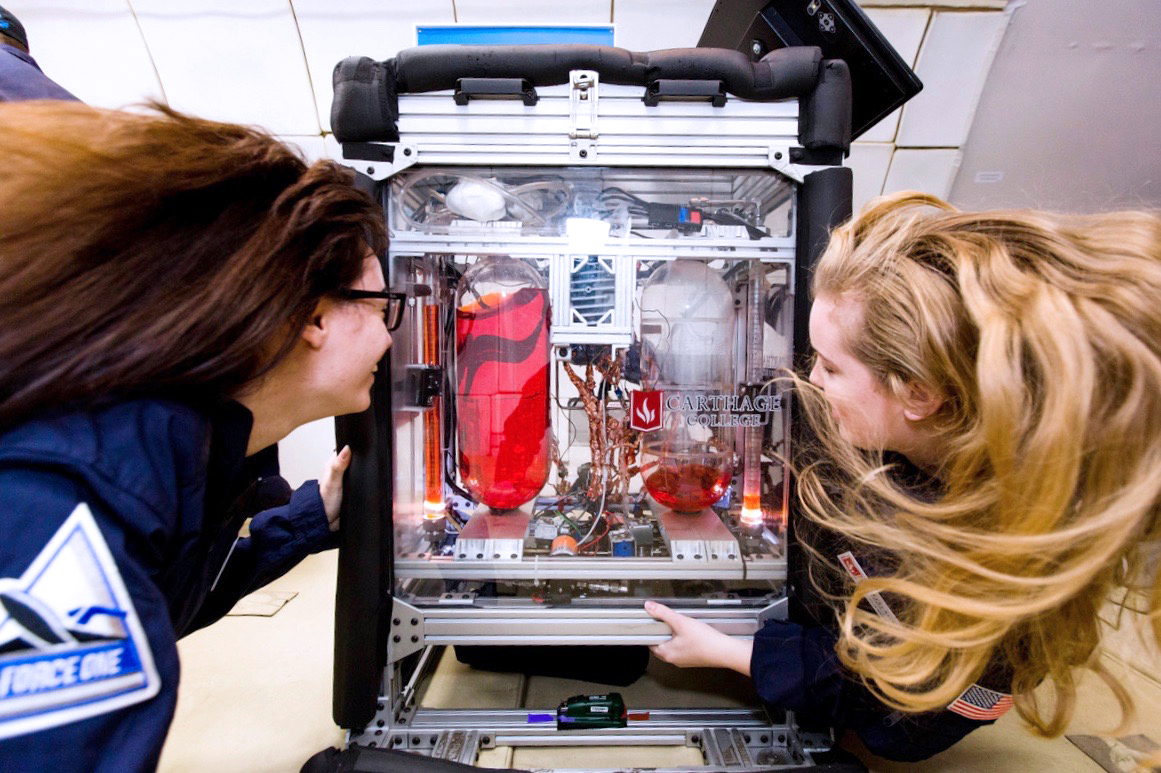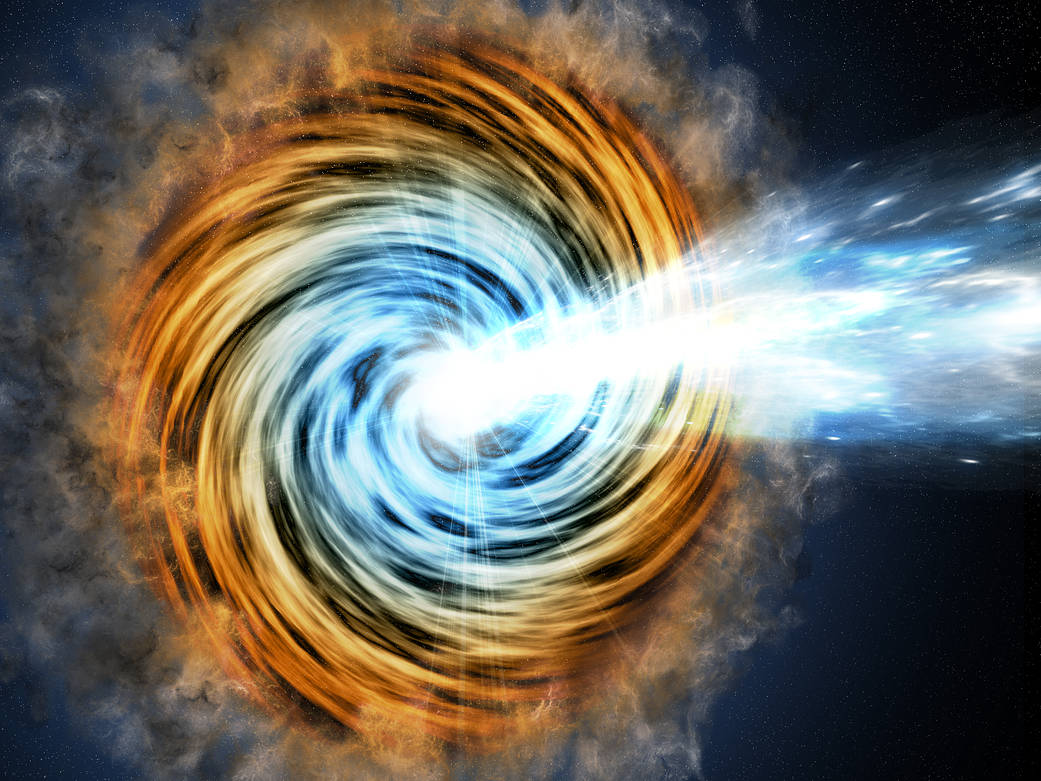SungWoo Nam
University of California, Irvine
Lunar dust may seem unimposing, but it presents a significant challenge for space missions. Its abrasive and jagged particles can damage equipment, clog devices, and even pose health risks to astronauts. This project addresses such issues by developing advanced coatings composed of crumpled nano-balls made from atomically thin 2D materials such as MoS₂, graphene, and MXenes. By crumpling these nanosheets—much like crumpling a piece of paper—we create compression and aggregation resistant particles that can be dispersed in sprayable solutions. As a thin film coating, these crumpled nano-balls form corrugated structures that passively reduce dust adhesion and surface wear. The deformable crumpled nano-ball (DCN) coating works by minimizing the contact area between lunar dust and surfaces, thanks to its unique nano-engineered design. The 2D materials exhibit exceptional durability, withstanding extreme thermal and vacuum environments, as well as resisting radiation damage. Additionally, the flexoelectric and electrostatically dissipative properties of MoS₂, graphene, and MXenes allow the coating to neutralize and dissipate electrical charges, making them highly responsive to the charged lunar dust environment. The project will be executed in three phases, each designed to bring the technology closer to real-world space applications. First, we will synthesize the crumpled nano-balls and investigate their adhesion properties using advanced microscopy techniques. The second phase will focus on fundamental testing in simulated lunar environments, where the coating will be exposed to extreme temperatures, vacuum, radiation, and abrasion. Finally, the third phase will involve applying the coating to space-heritage materials and conducting comprehensive testing in a simulated lunar environment, targeting up to 90% dust clearance and verifying durability over repeated cycles of dust exposure. This research aligns with NASA’s goals for safer, more sustainable lunar missions by reducing maintenance requirements and extending equipment lifespan. Moreover, the potential applications extend beyond space exploration, with the technology offering promising advances in terrestrial industries such as aerospace and electronics by providing ultra-durable, wear-resistant surfaces. Ultimately, the project contributes to advancing materials science and paving the way for NASA’s long-term vision of sustainable space exploration.






























